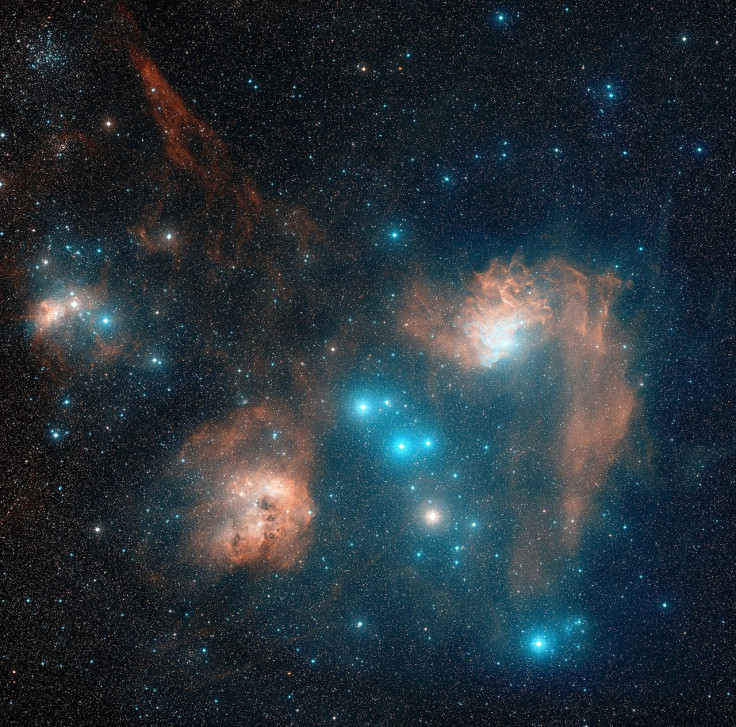NASA’s Hubble Telescope Spots A Flaming Star In Space

KEY POINTS
- The Hubble Space Telescope shared a photo of a bright star and the Flaming Star Nebula
- AE Aurigae emits light that's powerful enough to push away nearby cosmic materials
- The nebula looks like a massive cloud of smoke in space
NASA and the European Space Agency’s (ESA) Hubble Space Telescope recently shared a stunning image of a cosmic structure that appears as if it’s being burned by a bright star. The nebula surrounding the star looks like a smoke-filled region.
The star featured in Hubble’s photo is known as AE Aurigae. It is surrounded by IC 405, which is also known as the Flaming Star Nebula. Both the star and the nebula are located within the Charioteer constellation and are about 1,500 light-years from Earth.
AE Aurigae is officially classified as an O-type main sequence dwarf star. It is believed to be a runaway star that may have been ejected from its original location following a violent and powerful collision between two groups of binary stars.
According to NASA, this star is so bright that it appears blue in Hubble’s photo. The agency noted that it emits high-energy light that’s powerful enough to affect the atoms in the gas cloud surrounding it.
“The bright star AE Aurigae is visible near the nebula center and is so hot it is blue, emitting light so energetic it knocks electrons away from atoms in the surrounding gas,” NASA explained in a statement. “When an atom recaptures an electron, light is emitted creating the surrounding emission nebula.”
The area surrounding the star is known as the Flaming Star Nebula. Despite its name, nothing is on fire within the massive cosmic structure due to the lack of oxygen in the region. Instead, the nebula got its peculiar name due to its appearance.
As seen in Hubble’s photo, the entire nebula looks like a massive cloud of smoke covering flames. According to NASA, the structure that looks like smoke in the photo is mostly hydrogen. It also contains other cosmic materials such as dust grains rich in carbon.
“Fire, typically defined as the rapid molecular acquisition of oxygen, happens only when sufficient oxygen is present and is not important in such high-energy, low-oxygen environments,” the agency explained. “The material that appears as smoke is mostly interstellar hydrogen, but does contain smoke-like dark filaments of carbon-rich dust grains.”
© Copyright IBTimes 2024. All rights reserved.





















